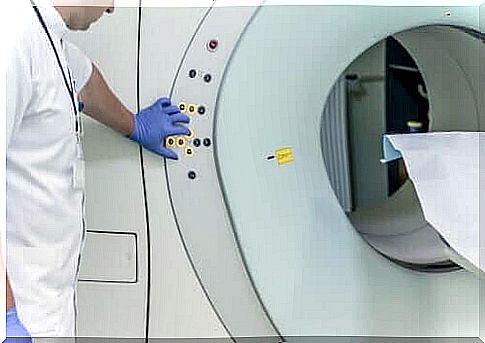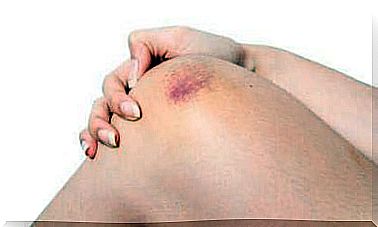Magnetic Therapy For Multiple Sclerosis

In recent years, researchers have seen the effects of magnetic therapy on symptoms of multiple sclerosis. Although there is little research, interesting results have emerged from recent studies regarding the use of this therapeutic option.
Magnetic therapy, also called magnet therapy, can involve static electromagnetic fields or pulsed electromagnetic fields that vary over time. These, according to evidence, appear to improve blood circulation and oxygenation to the body in patients with multiple sclerosis. Do you want to know more about it?
Research on magnetic therapy for multiple sclerosis

Multiple sclerosis is a neuroinflammatory disease that affects the myelin, that is, the sheath that forms around nerves, whose function is to allow nerve impulses to be transmitted quickly along the neurons.
According to a National Institute of Neurological Disorders and Stroke publication, it is the most common debilitating neurological disorder in young adults. It often develops between the ages of 20 and 40. However, it can also occur in older adults and children.
To date, there is no definitive cure for the disease. However, there are treatments to reduce seizures, control symptoms, and improve patients’ quality of life. Specialists are still exploring therapeutic options and have uncovered interesting findings.
For example, research in the journal Clinical Neurology and Neurosurgery recognizes the benefits of magnetic therapy for multiple sclerosis (MS). In particular, it is emphasized that pulsating magnetic fields can help manage common symptoms of MS, such as tingling or the feeling of pins and needles.
How does magnetic therapy work in multiple sclerosis?
As we have discussed, there are two forms of magnetic therapy. The first uses static electromagnetic fields, involving static magnets, such as those on:
- bracelets
- Shoe Templates
- Chains
- And other devices
The second uses pulsed electromagnetic fields. They use energy waves to change the way the body faces pain.
Proponents of static magnetic therapy suggest that their application may help control pain due to the effect of magnets and their electromagnetic field when they come into contact with tissues. It is an option often used in alternative medicine.
For its part , pulsed electromagnetic field therapy appears to provide an electrical frequency that stimulates the body’s ions and electrolytes. As a result, it improves circulation and energy and reduces symptoms such as numbness, tingling and pain.
To date, experts are still researching and trying to prove these therapies. Still, pulsed electromagnetic field therapy has benefited patients with multiple sclerosis as it has shown better effects.
Previous studies, such as one published in Pain Research and Management, have shown that this therapy can be used to reduce pain, inflammation and the damaging effects of stress. It has even been approved by the FDA for the treatment of conditions such as migraines.
The treatment of multiple sclerosis is multidisciplinary

Multiple sclerosis is a neuronal disease and its symptoms can appear in remote parts of the body, such as the limbs, in the form of tingling, for example.
It is important to clarify that magnetic therapy is not a cure for multiple sclerosis. The disease requires a multidisciplinary approach, that is, the participation of several health professionals.
The overall goal is to maintain the patient’s quality of life and slow the progression of the disease as much as possible. The doctor may therefore suggest taking medication after diagnosis to reduce and prevent seizures and to influence their progress. These include options such as the following:
- Corticosteroids
- Ocrelizumab (Ocrevus)
- Beta Interferons
- Glatiramer Acetate
- Dimethyl fumarate (Tecfidera)
Medication may also be needed to control fatigue, insomnia and muscle relaxants. Treatment should also come from professionals in physical therapy, nutrition, and psychology.
Whatever happens, depending on the progression of the disease, a specialist should choose the therapeutic options. If you want to try magnetic therapy, be sure to research it thoroughly and find a trained professional.









